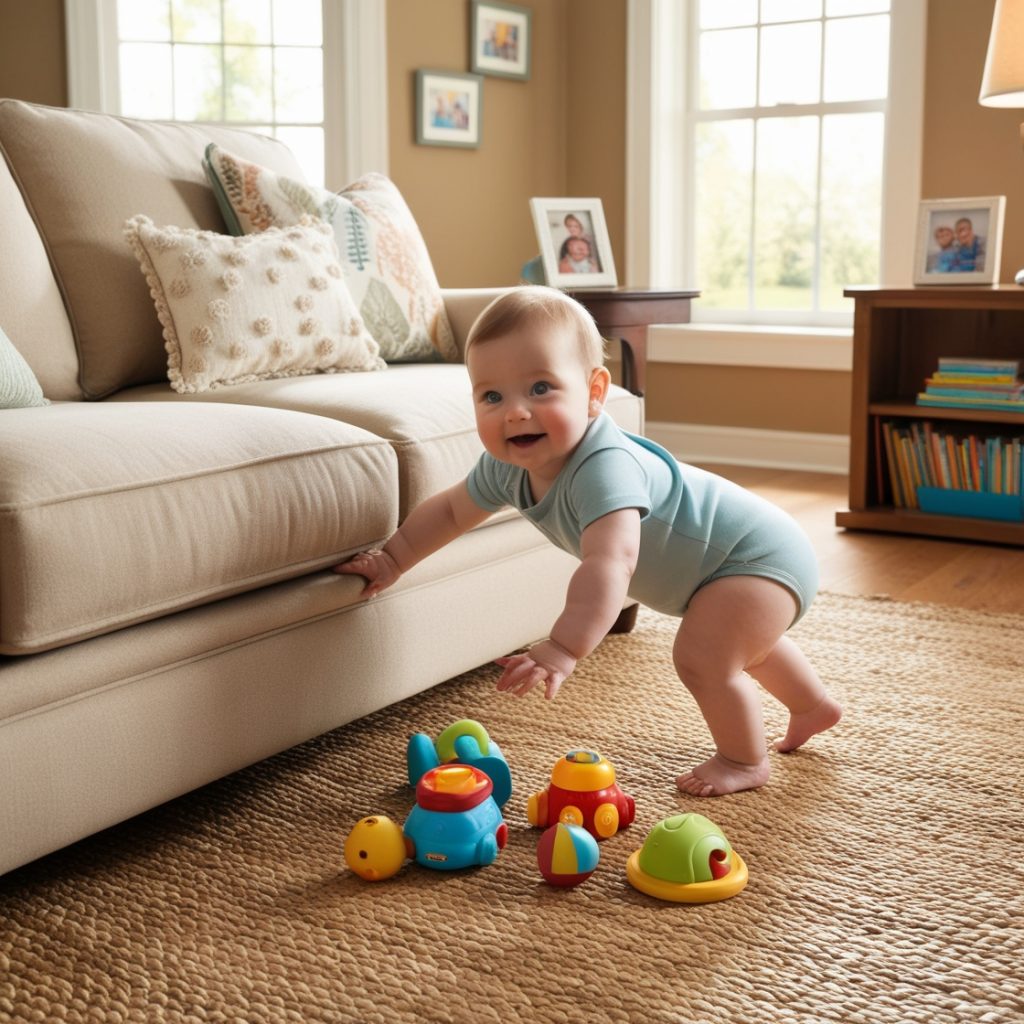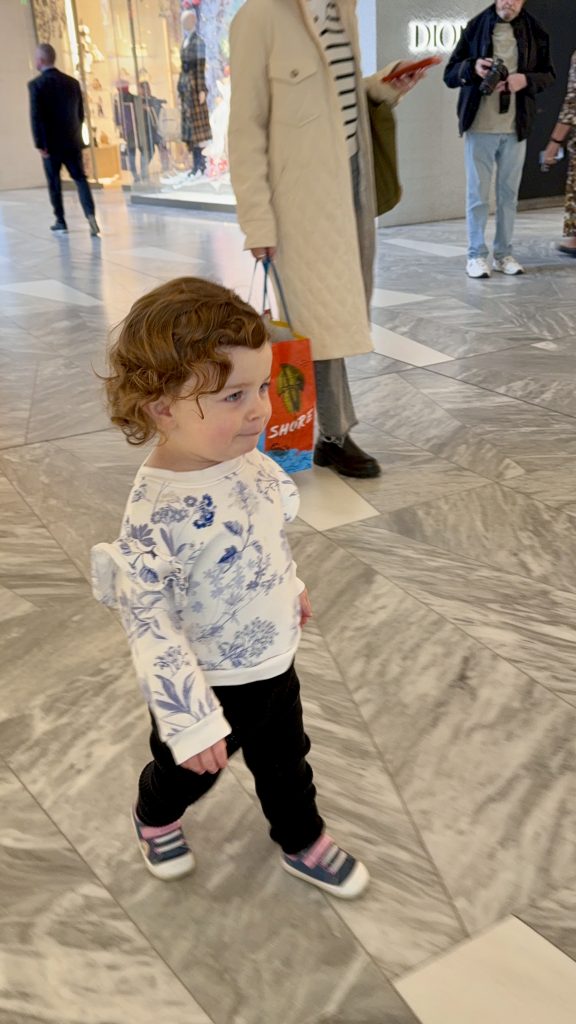Every parent eagerly awaits their baby’s first steps those magical moments when tiny feet turn into confident strides. While many children reach this milestone on their own, nanny walking methods are designed to gently guide and accelerate the process using expert strategies rooted in child development.
The Science Behind Confidence-Building Walking
Walking represents one of humanity’s most complex motor achievements. Unlike crawling, which develops naturally, walking requires sophisticated coordination between the brain, muscles, and balance systems. Professional nannies understand that with the nanny walking methods the baby walking confidence and plays an equally crucial role as physical readiness in this developmental process.
Research indicates that baby walking confidence who develop walking skills through structured, confidence-building approaches demonstrate superior balance, coordination, and fearlessness in physical activities throughout childhood.
Expert nannies leverage this knowledge to create nurturing environments where babies feel secure enough to take risks and explore their mobility potential.

Motor Development Constraints and Sensory-Motor Integration – Science Direct
Read this book: How to Care for Children:: From Birth to 2 Years – Selling by Amazon.com
Baby Waling Confidence Method 1: Progressive Floor Time and Core Strength

The foundation of professional nanny walking education begins with strategic floor time. Rather than rushing baby walking confidence into walking devices, experienced caregivers prioritize extensive terrestrial exploration. This approach strengthens core muscles, develops proprioception, and builds the fundamental stability required for confident walking.
Nannies create designated “movement zones” using soft play mats, strategically placed pillows, and discreet obstacles. These environments encourage babies to transition between sitting, crawling, and standing positions naturally. The key lies in making these movements feel like play rather than structured exercise.
Professional caregivers understand that babies learn through repetition and positive reinforcement. They celebrate every micro-achievement from pulling up to standing, to taking that first tentative step. This constant encouragement builds neural pathways associated with confidence and accomplishment.
Read more: Nanny Walking Methods: 4 Powerful Walking Techniques to Boost Baby ConfidenceBaby Milestones: What to Expect in the First Year
Creating Safe Movement Zones
Experienced nannies transform furniture cruising into a comprehensive walking preparation program. They strategically arrange stable furniture pieces to create “cruising circuits” that gradually increase in complexity and challenge.
The technique involves placing favorite toys or snacks at specific intervals along the cruising path, motivating babies to move while maintaining their grip on supportive surfaces. As confidence grows, nannies gradually increase the distances between support points, encouraging babies to take independent steps.
This method proves particularly effective because it honors babies’ natural developmental progression while subtly challenging their comfort zones. The furniture provides psychological security, allowing babies to focus on developing walking mechanics without fear of falling.
Sensory Walking Games: Method 2: Cruising Circuits for Baby Mobility
Professional nannies incorporate sensory experiences that enhance walking development through multisensory engagement. These techniques recognize that confident walking requires integration of visual, tactile, and proprioceptive feedback systems.
Textured walking surfaces, such as yoga mats, grass, sand, or textured fabrics, provide valuable sensory input that strengthens foot muscles and improves balance awareness. Nannies create “sensory pathways” that encourage babies to experience different textures while practicing walking movements.
Music and rhythm play crucial roles in these educational approaches. Nannies use songs, clapping, and musical instruments to help babies develop timing and coordination. The rhythmic elements create natural movement patterns that support balanced walking development.
Confident Walking Development: Encouraging Independent Steps
Expert nannies understand that verbal encouragement significantly impacts walking confidence. They develop specific language patterns that reinforce positive associations with walking attempts, regardless of outcomes.
Instead of expressing concern about falls or wobbles, professional caregivers use phrases like “Great trying!” or “Look how strong you are!” This linguistic approach prevents babies from developing walking anxiety and maintains their willingness to practice.
Nannies also narrate the walking process, describing what babies are doing: “You’re balancing so well!” or “Your feet are learning to step!” This commentary helps babies understand their own capabilities and builds self-awareness of their developing skills.

Take a look too: Ultimate Childcare Basics: Nurturing Children from the Start
Method 3: Sensory Integration Walking Games
Professional nannies excel at creating walking-friendly environments that maximize safety while encouraging exploration. They remove traditional protective barriers for babies that can limit opportunities for movement, instead focusing on creating safe spaces for unrestricted practice.
These modifications include securing furniture to prevent tipping, installing soft flooring in practice areas, and removing small objects that could pose choking hazards. The goal is creating environments where babies can move freely without constant “no” messages that might inhibit their confidence.
Strategic lighting also plays a role in walking development. Nannies ensure practice areas are well lit, helping babies judge distances and navigate obstacles confidently. Natural lighting, when possible, provides the best visual input for developing walking skills.
Read more: Nanny Walking Methods: 4 Powerful Walking Techniques to Boost Baby ConfidenceSensory Integration Therapy – Healthy Children
Floor Time Walking Techniques: Environmental Setup and Graduated Independence
Experienced nannies understand that walking confidence develops through carefully graduated independence. They begin with maximum support and gradually reduce assistance as babies demonstrate readiness for increased challenges.
This approach involves holding both hands initially, then transitioning to one hand, then fingertips, and finally encouraging independent steps. The timing of these transitions requires careful observation of each baby’s comfort level and physical readiness.
Professional caregivers never force independence before babies feel ready. They recognize that pushing too quickly can create walking anxiety that persists long after the physical skills are mastered. Patience and observation guide every transition decision.
Troubleshooting Common Walking Challenges
Professional nannies possess extensive experience addressing common walking development obstacles. They recognize that some babies develop walking fears, while others become overly dependent on support systems.
For fearful babies, nannies implement gradual exposure techniques combined with extra emotional support. They might practice walking on soft surfaces initially, gradually introducing firmer ground as confidence builds. The key is maintaining positive associations with walking experiences.
Babies who resist independent walking often benefit from motivational games that make solo walking irresistible. Nannies might position themselves across the room with favorite toys or snacks, encouraging babies to walk independently to reach desired rewards.
Long-term Benefits of Expert Nanny Techniques
Babies who learn walking through professional nanny techniques demonstrate lasting benefits that extend far beyond early mobility. These children typically show greater physical confidence, superior balance skills, and increased willingness to attempt new motor challenges.
Trust-building approaches used by expert nannies create positive associations with physical activity that persist throughout childhood. These early experiences lay foundations for active lifestyles and positive relationships with exercise and movement.
Professional walking education also strengthens the caregiver-child bond through shared achievements and positive interactions. The collaborative nature of these techniques creates trust and communication patterns that benefit overall development.

